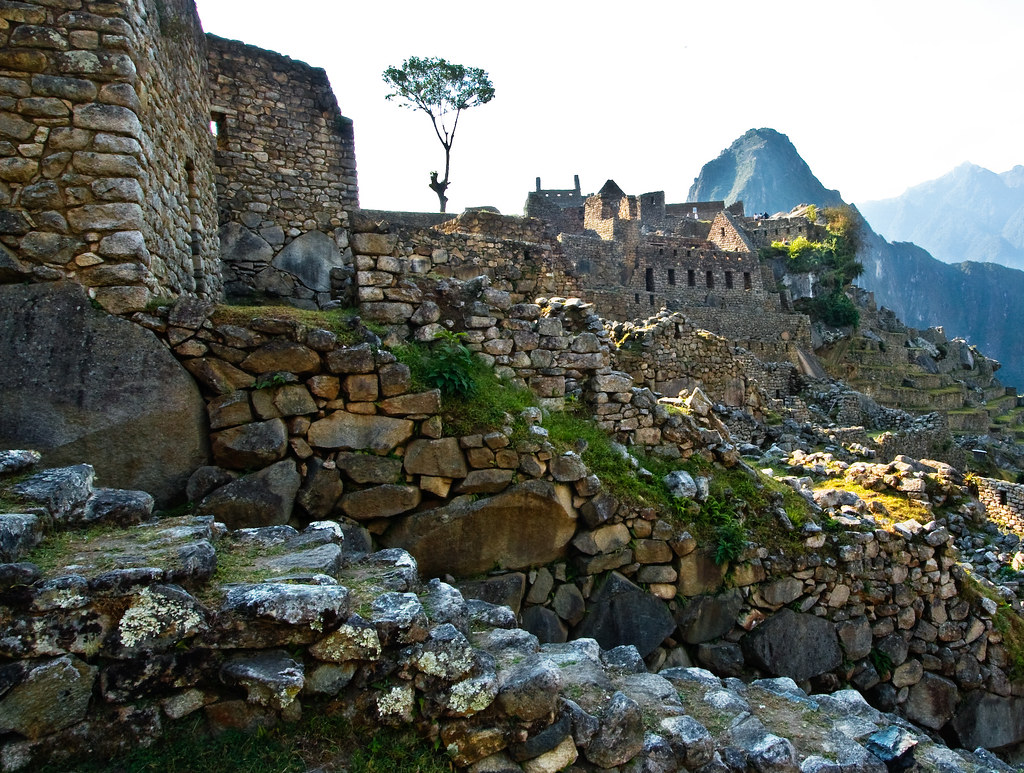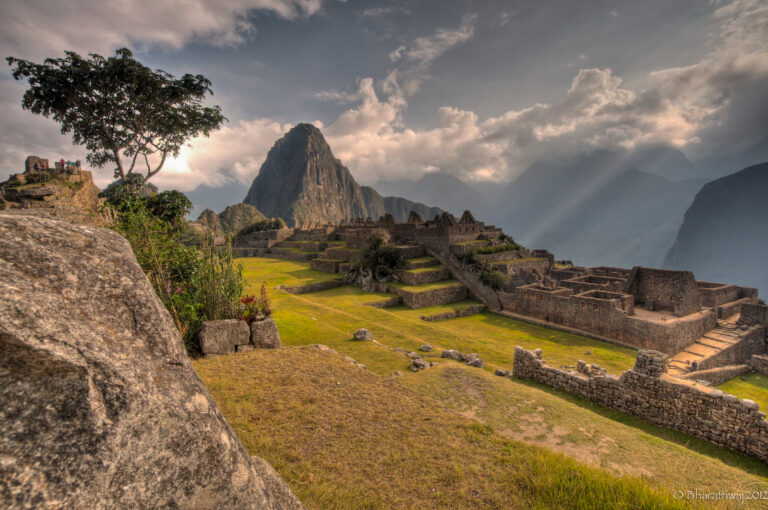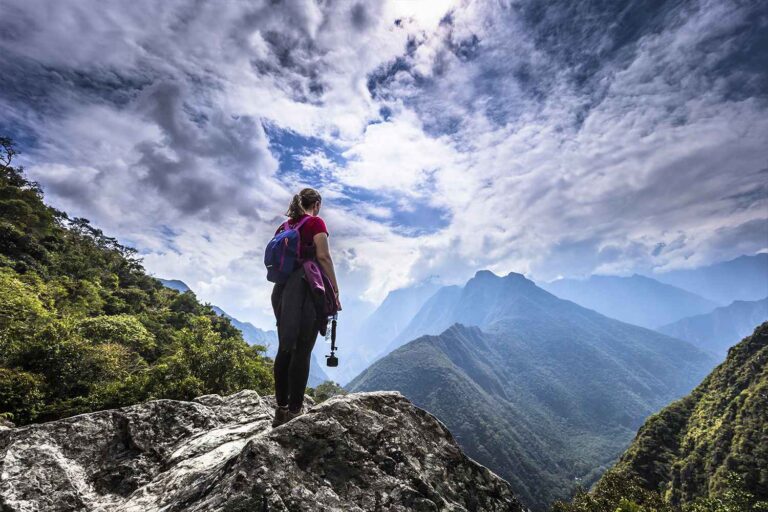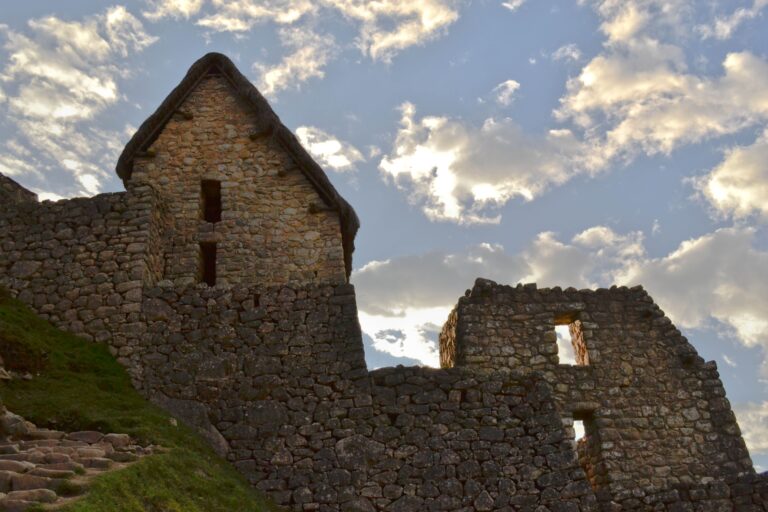Machu Picchu Unveiled: Where History, Mystery, and Mountains Collide
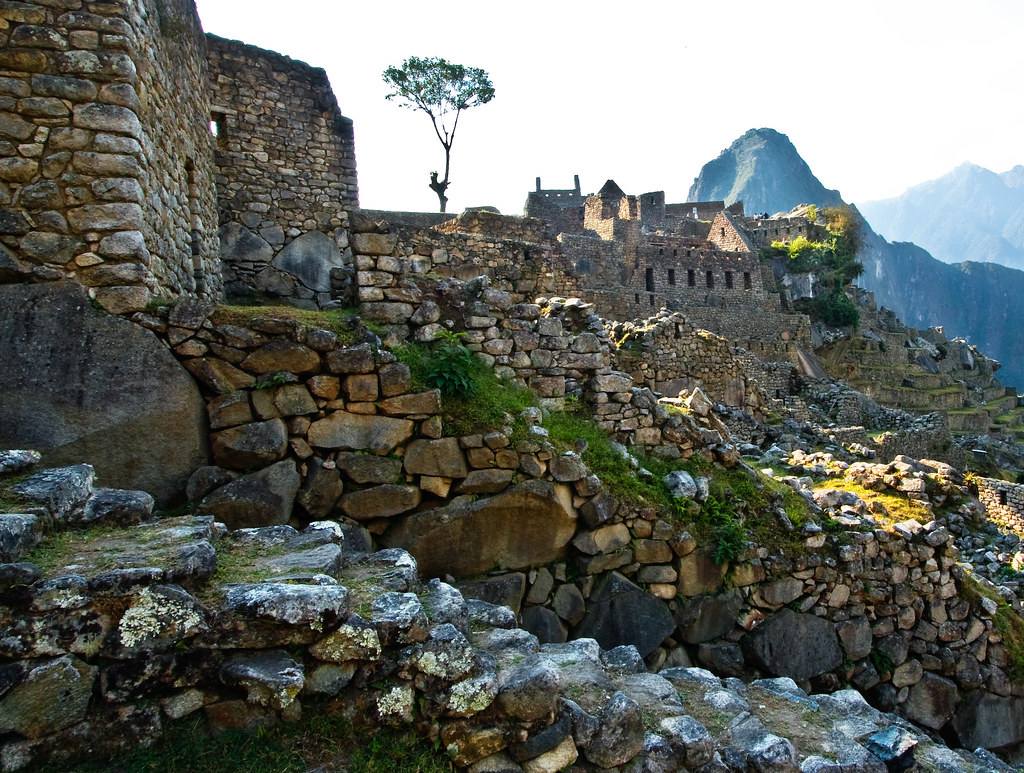
Where in the World is Peru?
Let’s start with the basics: Peru is a South American gem nestled between Ecuador, Colombia, Brazil, Bolivia, Chile, and the Pacific Ocean. Think Amazon rainforests, Andean peaks, and coastal deserts—all in one country. But Peru’s crown jewel? Machu Picchu, the lost city of the Incas. To find it, head to southern Peru, about 50 miles northwest of Cusco, the ancient Inca capital. If you’re mapping coordinates, Machu Picchu sits at 13.1631° S, 72.5450° W, perched 7,970 feet above sea level in the Andes. Fun fact: Despite its global fame, this UNESCO wonder remained hidden from the outside world until 1911, when explorer Hiram Bingham stumbled upon it.
What Country is Machu Picchu In? Spoiler: It’s Peru!
Yes, Machu Picchu is in Peru—a country that’s equal parts adventure pantry and cultural kaleidoscope. But don’t confuse it with nearby Bolivia or Chile; Peru’s unique blend of indigenous heritage and Spanish colonial flair sets it apart. Most travelers fly into Lima (Peru’s capital) to reach Machu Picchu, then hop on a short flight to Cusco. From there, it’s a scenic train ride or multi-day hike to the citadel. Pro tip: Spend a day in Cusco acclimating to the altitude. At 11,152 feet, even stairs feel like a workout.
What City is Machu Picchu In? The Gateway Town You Need to Know
Technically, Machu Picchu isn’t in a city—it’s a citadel clinging to a mountain ridge. The closest town is Aguas Calientes (aka Machu Picchu Pueblo), a quirky hamlet wedged between cliffs and the Urubamba River. Aguas Calientes is your launchpad: Buses leave here every 15 minutes for the 30-minute zigzag ride up to Machu Picchu. Don’t expect glamour; this town thrives on backpacker hostels, thermal baths, and llama-themed souvenirs. But hey, that’s part of its charm.
Who Built Machu Picchu? Meet the Inca Empire’s Masterminds
The Inca Empire—South America’s answer to the Romans—built Machu Picchu in the mid-15th century under Emperor Pachacuti. These engineering wizards ruled a territory stretching from Colombia to Chile, connecting it with 25,000 miles of roads (take that, Roman aqueducts!). But why build a city on a remote mountain? Scholars debate: Was it a royal retreat? A spiritual sanctuary? A strategic stronghold? Likely, it’s all three. What’s undeniable is their skill. Without mortar, wheels, or iron tools, they crafted stone blocks so precise you can’t slip a credit card between them.
What Does “Machu Picchu” Mean? Lost in Translation
Time for a Quechua lesson! The name Machu Picchu comes from the Inca language:
- Machu: Old or ancient.
- Picchu: Peak or mountain.
So, “Old Mountain”—though some argue it’s a mistranslation. Locals originally called it Huayna Picchu (Young Mountain), referring to the iconic peak behind the ruins. Confused yet? Don’t worry. Even historians debate this. What matters is the poetry: a city so sacred, its name echoes the land itself.
The Inca Empire’s Legacy: More Than Just Stones
The Incas weren’t just stonemasons; they were astronomers, farmers, and social media influencers of their day (minus the Instagram). Their empire thrived for barely a century before Spanish conquistadors toppled it in 1532. Yet, Machu Picchu survived—untouched by invaders, forgotten by time. How? Its remote location kept it hidden. While the Spanish ransacked Cusco, Machu Picchu slept under a blanket of jungle, waiting for Hiram Bingham’s “discovery.”
Why Machu Picchu’s Location is a Geological Masterstroke
Let’s geek out on geography. Machu Picchu sits on a triple junction of tectonic plates (Nazca, South American, and Antarctic), which explains the dramatic cliffs and frequent earthquakes. But the Incas didn’t just survive here—they thrived. They built terraces to prevent landslides, canals to channel mountain springs, and temples aligned with solstices. The result? A self-sustaining citadel that harmonizes with nature. Modern architects still gawk.
How to Visit Machu Picchu: Trains, Trails, and Tips
Ready to explore? Here’s your roadmap:
- Fly to Cusco: LATAM Airlines offers daily flights from Lima ($100–$200 round-trip).
- Train to Aguas Calientes: Book with PeruRail or Inca Rail. The 3.5-hour ride costs $140–$350 round-trip.
- Bus to Machu Picchu: $24 round-trip (or hike 1.5 hours uphill).
- Entry Tickets: Reserve via Machu Picchu’s official site ($45–$68 USD).
Pro Tip: Arrive by 6 AM to beat crowds and fog.
The Secret to Decoding Machu Picchu? An Audio Guide
Here’s my seasoned traveler hack: Ditch the crowded group tours and unlock Machu Picchu’s secrets with the Machu Picchu Audio Guide. With 26 tracks, it’s like having a historian, architect, and local shaman in your ear. Learn why the Temple of the Sun’s windows align with the June solstice, how the Incas farmed on cliffs, and where to find hidden carvings of serpents and condors. At $6.99 USD, it’s a steal—and you can replay it while sipping a post-hike Pisco sour.
Final Thoughts: Why Machu Picchu Still Matters
Machu Picchu isn’t just a ruin; it’s a mirror reflecting human ingenuity and hubris. The Incas built it without writing, wheels, or Wi-Fi, yet their legacy outlived empires. As you stand at the Sun Gate, watching dawn light the stones, you’ll feel that legacy hum in your bones. And if you listen closely, the mountains might just whisper their stories.
Don’t Miss: Grab the Machu Picchu Audio Guide before you go. Those 26 tracks? They’re your ticket to seeing beyond the stones.
Ready to walk in Inca footsteps?
- Book Tickets: Official Machu Picchu Site
- Train Tickets: PeruRail | Inca Rail
- Audio Guide: Self-Guided Tour
Safe travels, curious souls. The Andes await. 🏔️✨
Follow my post for more tales from the trail.

